Deckweaver: Descent Into Chaos
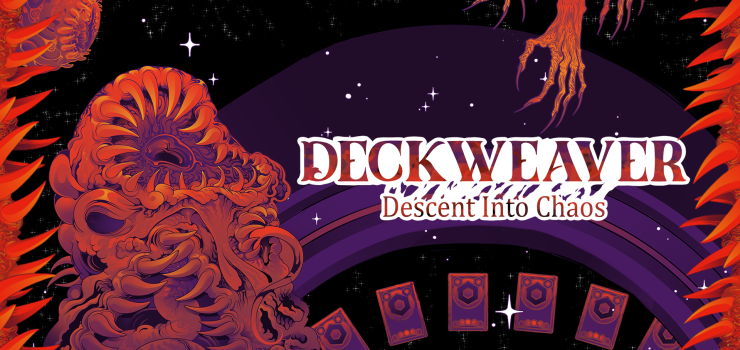
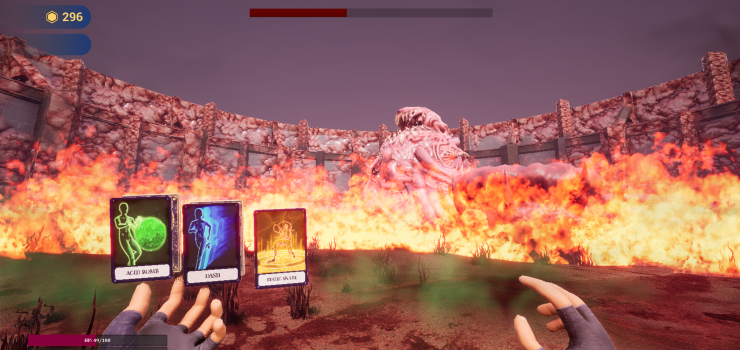
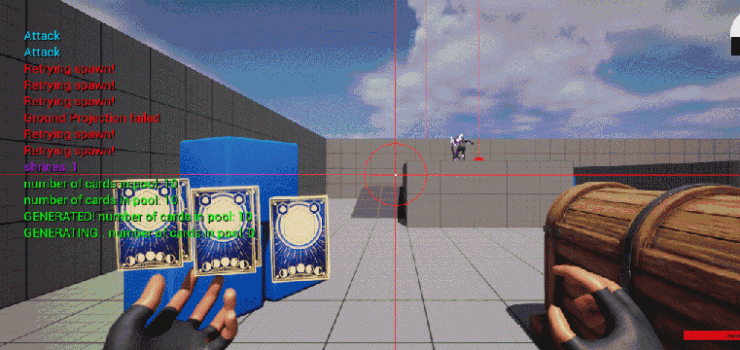
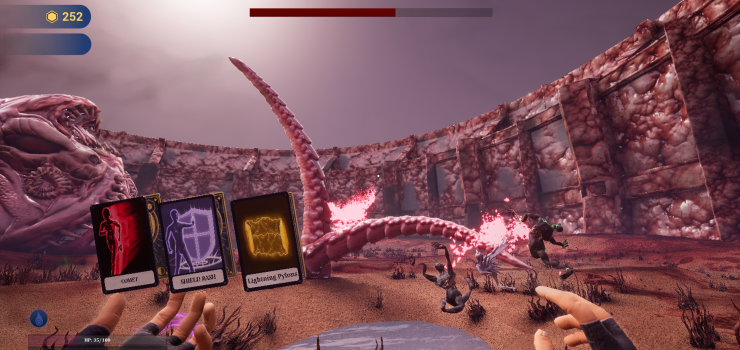
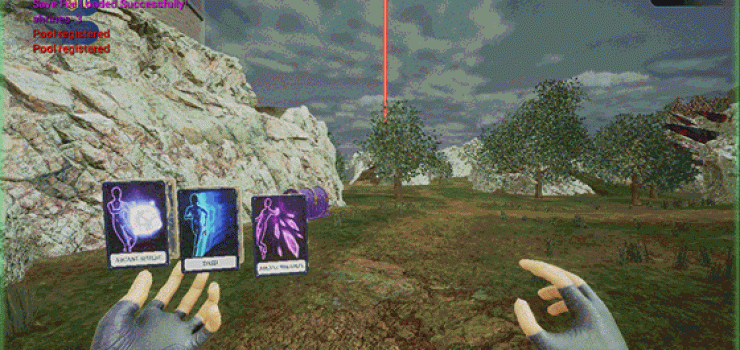
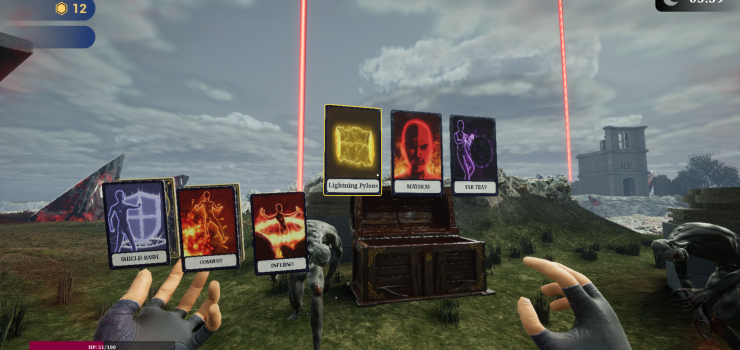
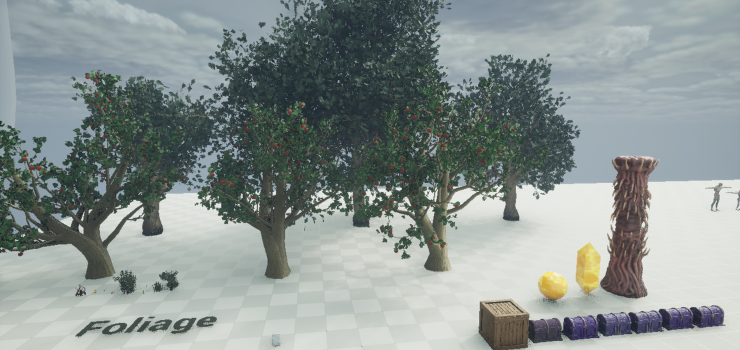
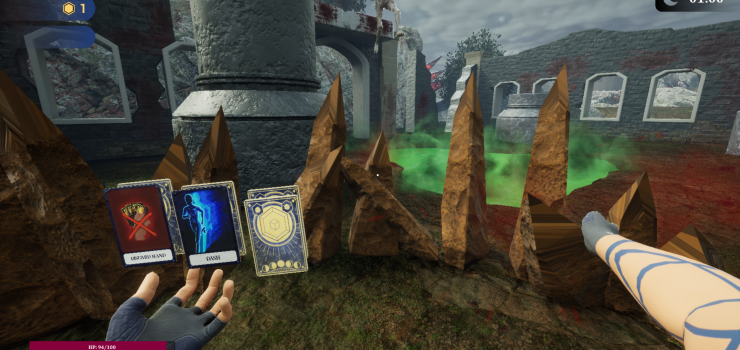
Project Overview:
- Game Title: Deckweaver: Descent Into Chaos
- Game Engine: Unreal 5.1
- Duration: 9 months
- Team Size: 22 talented individuals
- Studio: Get In The Box
- Genre: Action Roguelike Deck Builder
My Role:
As the Art Lead and Technical Artist, I worked closely with a team of 8 artists to bring Deckweaver: Descent Into Chaos to life. While my skill set spans rigging, VFX, modeling, and more, my focus throughout the project gravitated toward three key areas: visual effects, team coordination, marketing/UI support, and optimization.
On the production side, I led the VFX pipeline, creating over 40 unique, modular effects using Unreal Engine’s Niagara system. These effects not only helped define the visual identity of the card mechanics—but also enabled our small team to keep up with the large volume of visual effects required. After establishing a modular VFX workflow, I shifted my focus toward optimizing the game to ensure smooth performance, consistent lighting, and clean asset management. This included cleaning up unused assets, optimizing shaders, and reviewing level loading times for unnecessary object references. Additionally, I contributed to the creation of promotional materials using Adobe Creative Suite to support marketing efforts.
Technical Proficiency:
Throughout the development process, I leveraged a suite of powerful software tools, including Unreal 5.1, Adobe Creative Suite, Jira, Confluence, Perforce, Maya, and Substance Painter. While working in Unreal, I spent a significant amount of time utilizing their profiling tool to optimize performance. Additionally, I contributed to lighting tasks and assisted with importing animations. I also developed a modular landscape material to enhance the game environment.
As the project progressed, my focus shifted towards VFX, where I relied heavily on the Niagara system to create modular effects efficiently. This approach enabled us to generate over 40 new VFX within a short timeframe, enhancing the game’s visual appeal and gameplay experience.
Visual Effects:
VFX played a critical role in our game, as card and skill feedback heavily relied on impactful visual cues. Being one of only two team members with prior VFX experience, I took the lead in developing an efficient and scalable workflow.
Using Unreal Engine’s Niagara system, I built a library of modular emitters with customizable parameters. This allowed artists to tweak effects directly within Niagara—eliminating the need to edit materials and significantly reducing the number of material instances and functions required. With just a handful of emitters, we were able to generate a wide variety of Niagara systems, streamlining both creation and optimization.
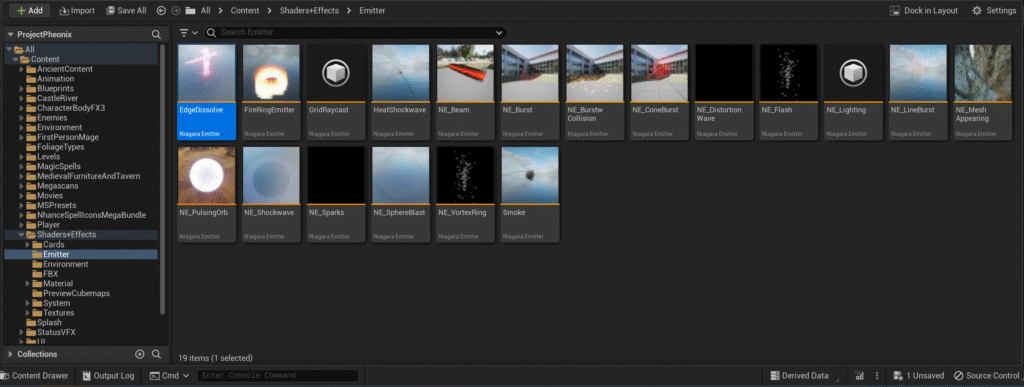
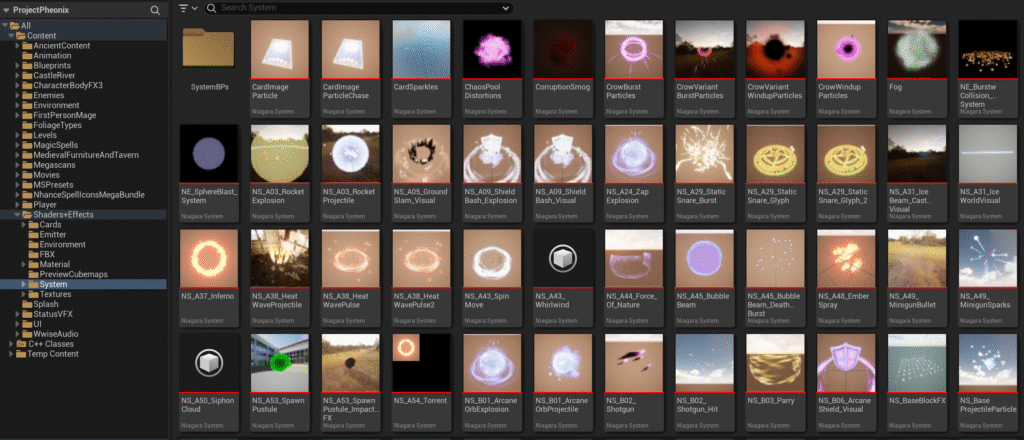
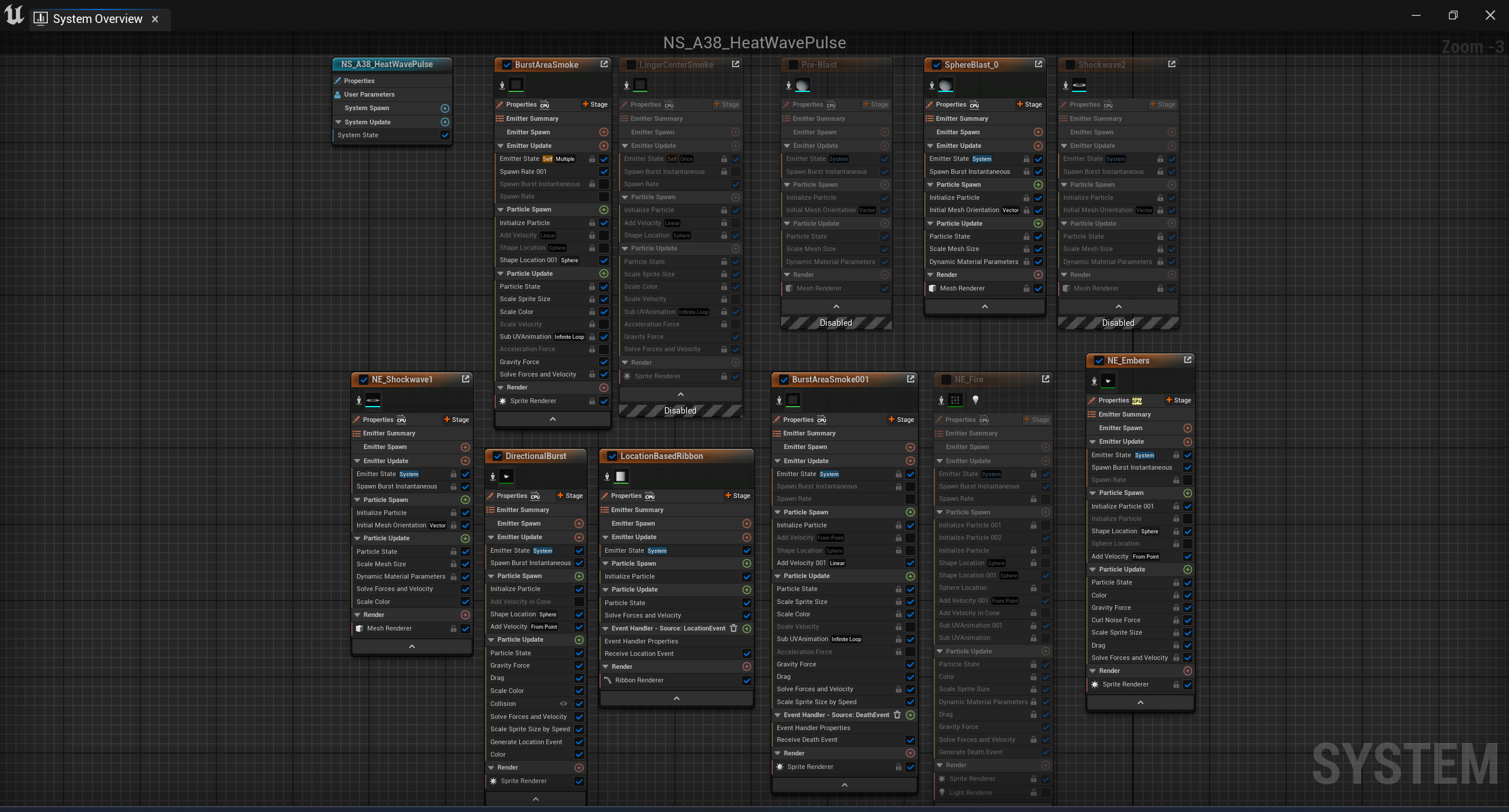
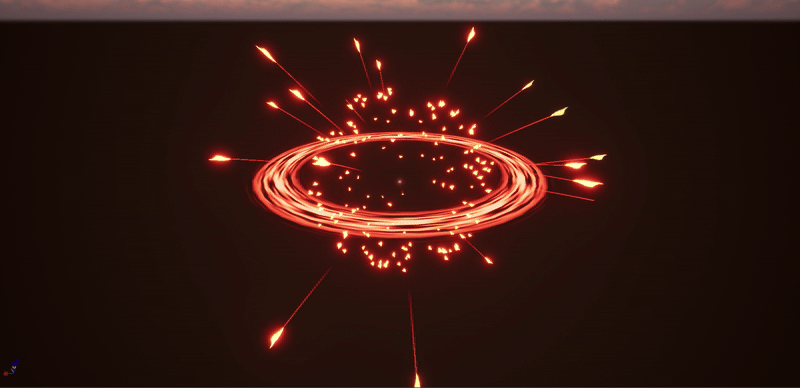
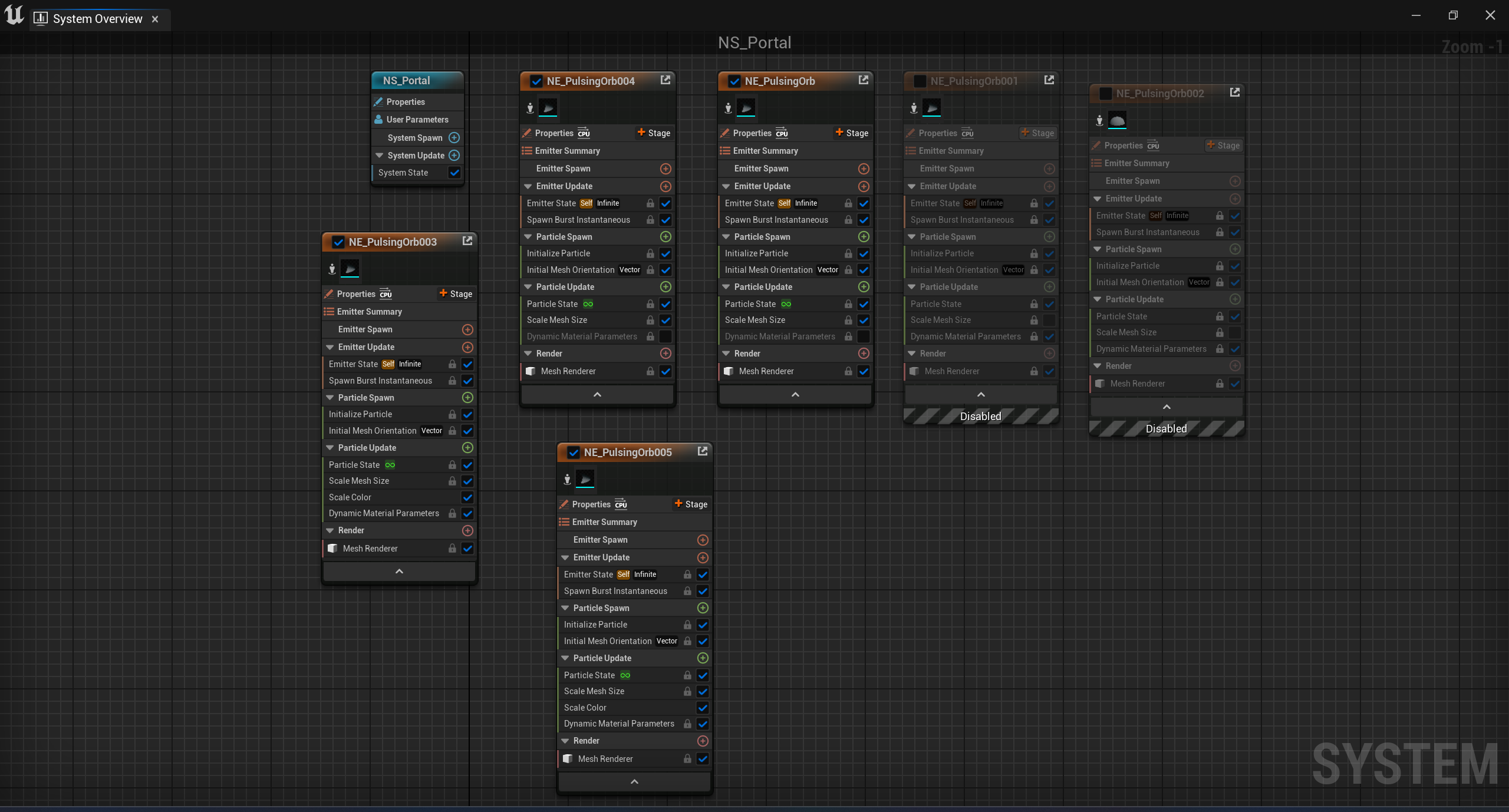
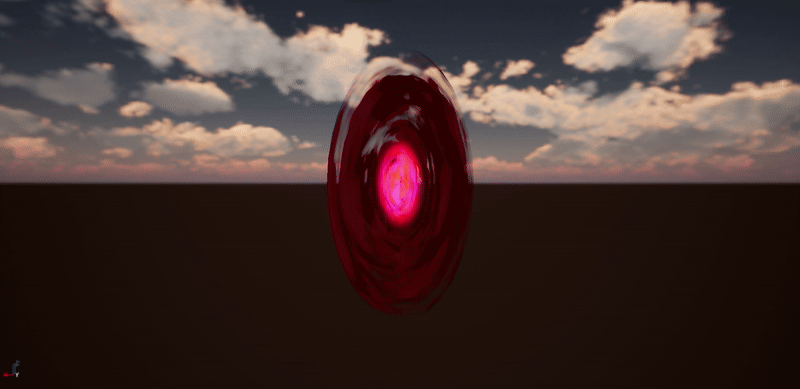
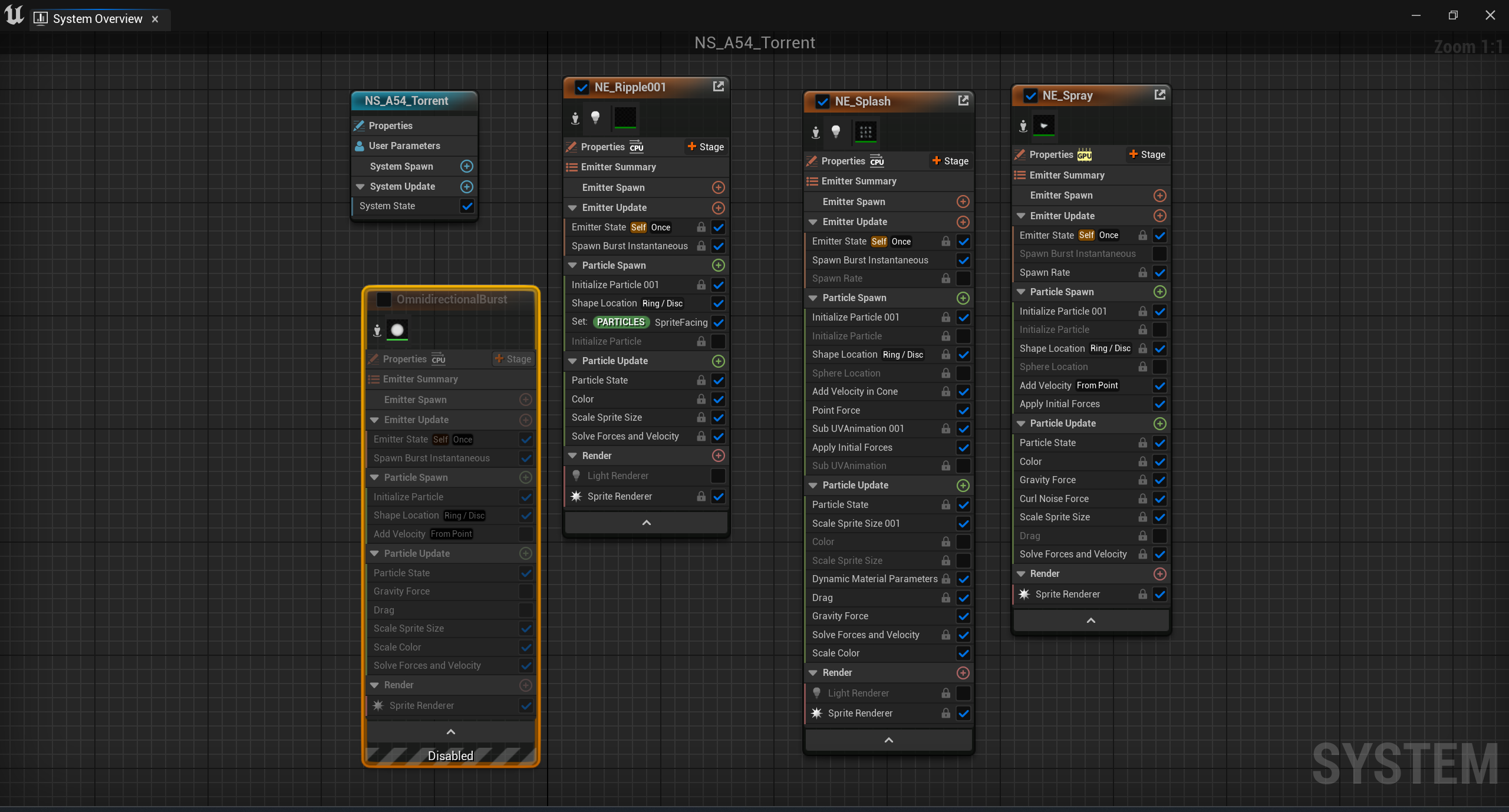
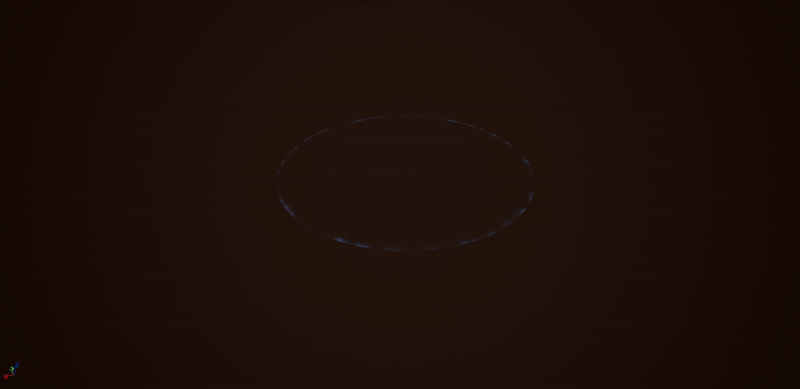





To support the team, I created a crash course PowerPoint on how to convert emitters into full Niagara systems. I also conducted one-on-one sessions with artists and designers to teach them how to set up or implement VFX directly in the engine.
Challenges and Triumphs:
Our journey with “Deckweaver” was not without its hurdles. Two months into the project, we made the bold decision to pivot from our original concept to a rogue-like deck builder, now known as Deckweaver. During this time, we also lost 2 members of the team. This transition required us to take a step back and figure out how to start anew with the concept and how to make up for the previous two months. Despite the challenges, our team rallied together, and the new project renewed our determination. We were able to make considerable strides in our goals even after losing two months.
Conclusion:
“Deckweaver: Descent Into Chaos” stands as a testament to our team’s collective passion and dedication. From its humble beginnings to its triumphant launch, this project embodies the spirit of innovation and collaboration that defines our industry. I am immensely proud of the role I played in bringing this vision to fruition, and I look forward to embarking on new creative adventures in the future.